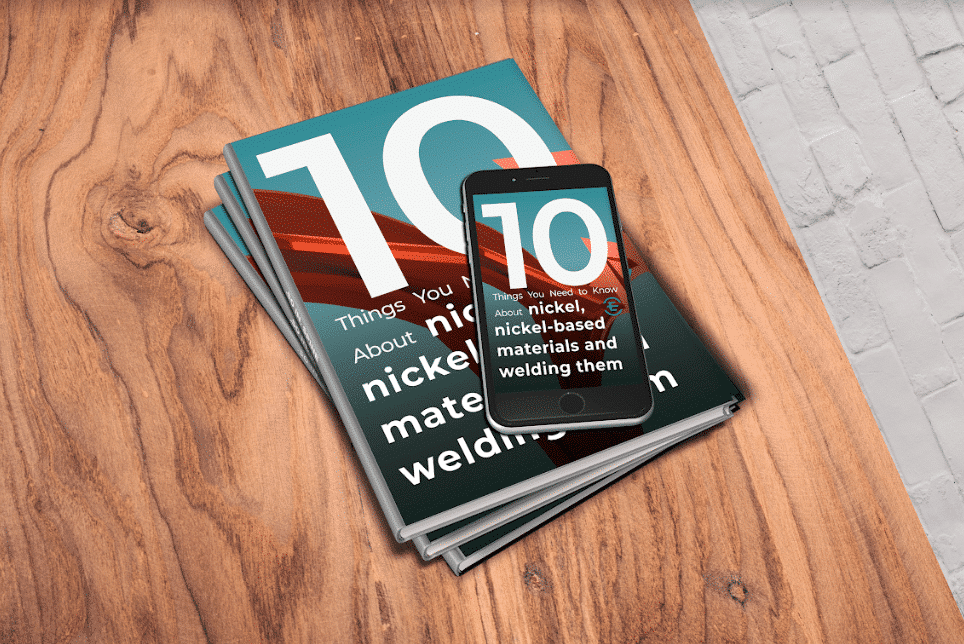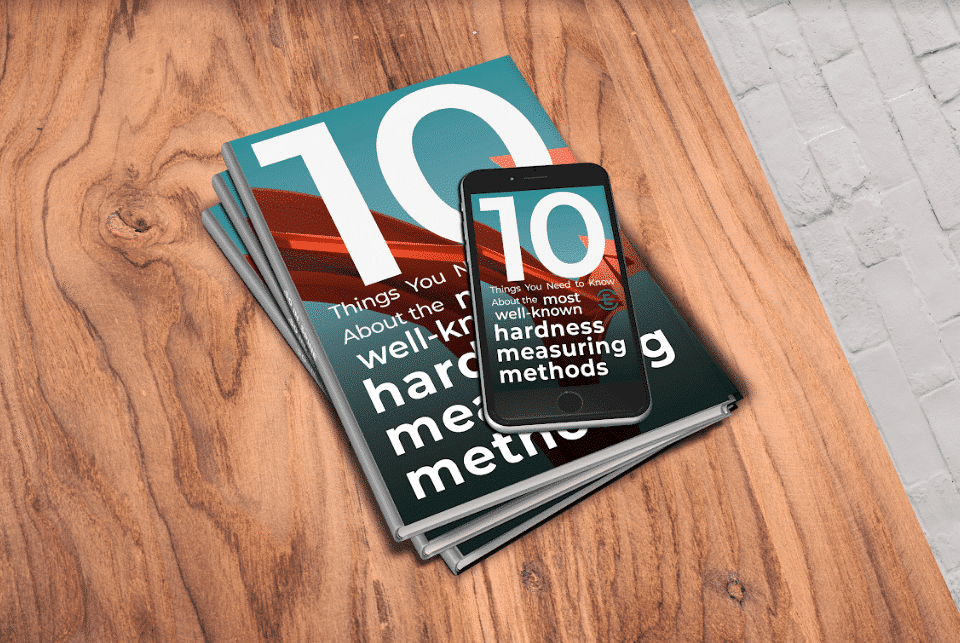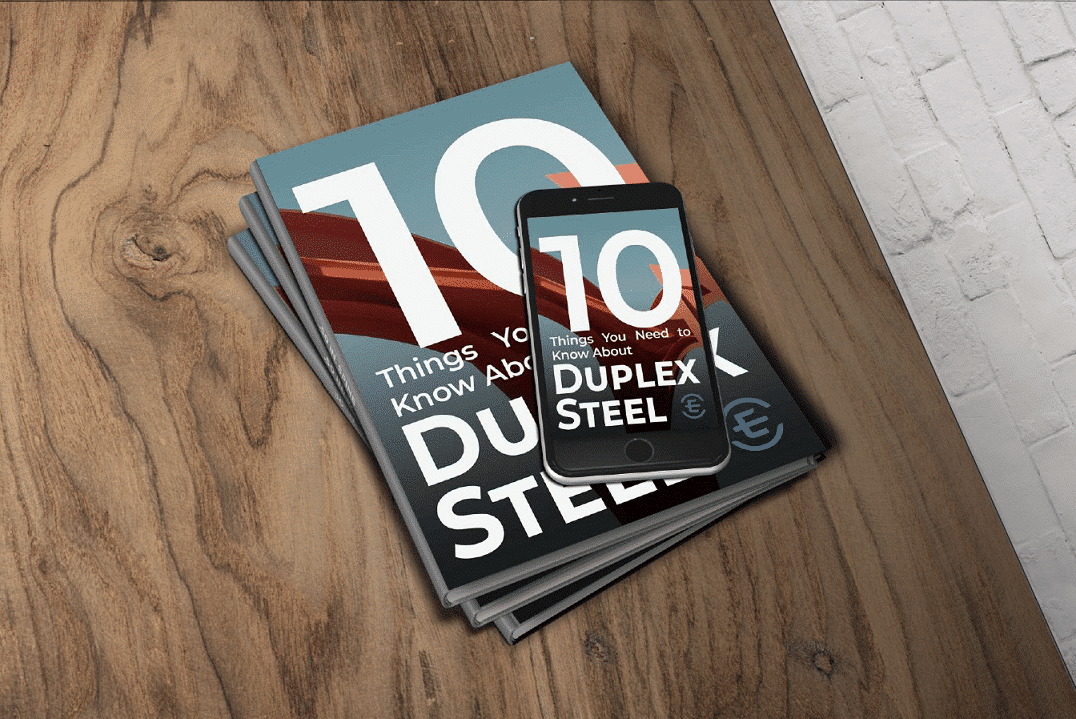Dubai’s metro and rail network is also continuously growing, reaching close to 50 stations the underground system connects various points and artificial islands in the desert city, raising myriad challenges for architects and construction crews alike.
While a number of the financial district’s metro stations are underground, much of the Red Line’s stations can be found looming over the 50km long, city-spanning Sheikh Zayed Road that in itself is two time 8 lanes wide at certain points. The steel structures of these stations is similarly impressive, connecting rails for over 80 self-driving trains capable of transporting up to 600 people each.
Curved roofs will be the signature of the metro stations, with an elevated shell-shape roofs intended to evoke the country’s pearl diving heritage. Generally, the stations are designed to be elliptical in shape, with the principle design philosophy being to wrap the station around the tracks.

Air-conditioned, closed pedestrian bridges made up of modular elements lead up to the metro stations.
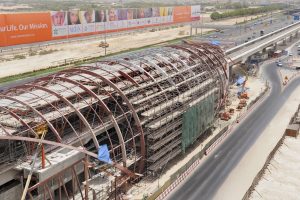
Before they are installed, each pedestrian bridge is fully assembled off-site, including the glazing, external cladding, internal fixtures and finishes, and electrical and mechanical infrastructure. The largest pedestrian bridge weighs well in excess of 200 tonnes.
Special self-propelled modular transporters transport the pedestrian bridges to the metro site and lift them onto piers. The piers have flared pier heads similar to those seen on the main viaduct structures of the metro.
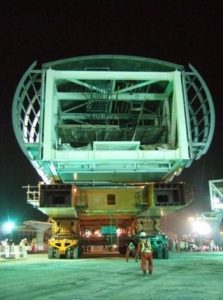
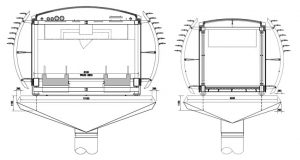
Construction of the stations’ steel frameworks began after the Rail Agency erected the steel structures of every metro depot at the end of each line, where the trains will be parked and serviced. When construction is complete, nearly 5,000 tonnes of steelwork will have been used in the construction of the depots.
According to sources, construction of the Dubai metro project has exceeded 30B USD, a large part of which has Gond towards building, installing and welding the steel structures.
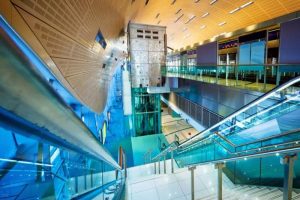
Sources:
http://www.amanaindustries.com/project/dubai-metro/
https://www.dubai-online.com/transport/metro/dubai-metro-red-line/
https://en.wikiarquitectura.com/building/dubai-metro/
http://www.lusas.com/case/bridge/dubai_metro_footbridges.html
